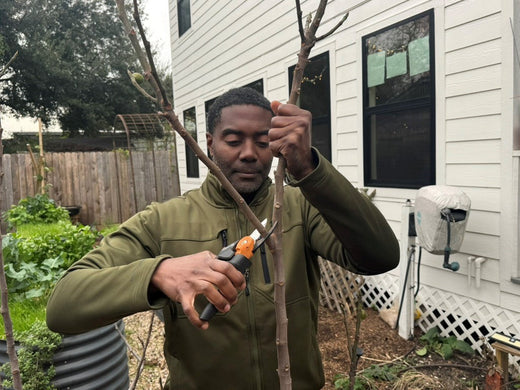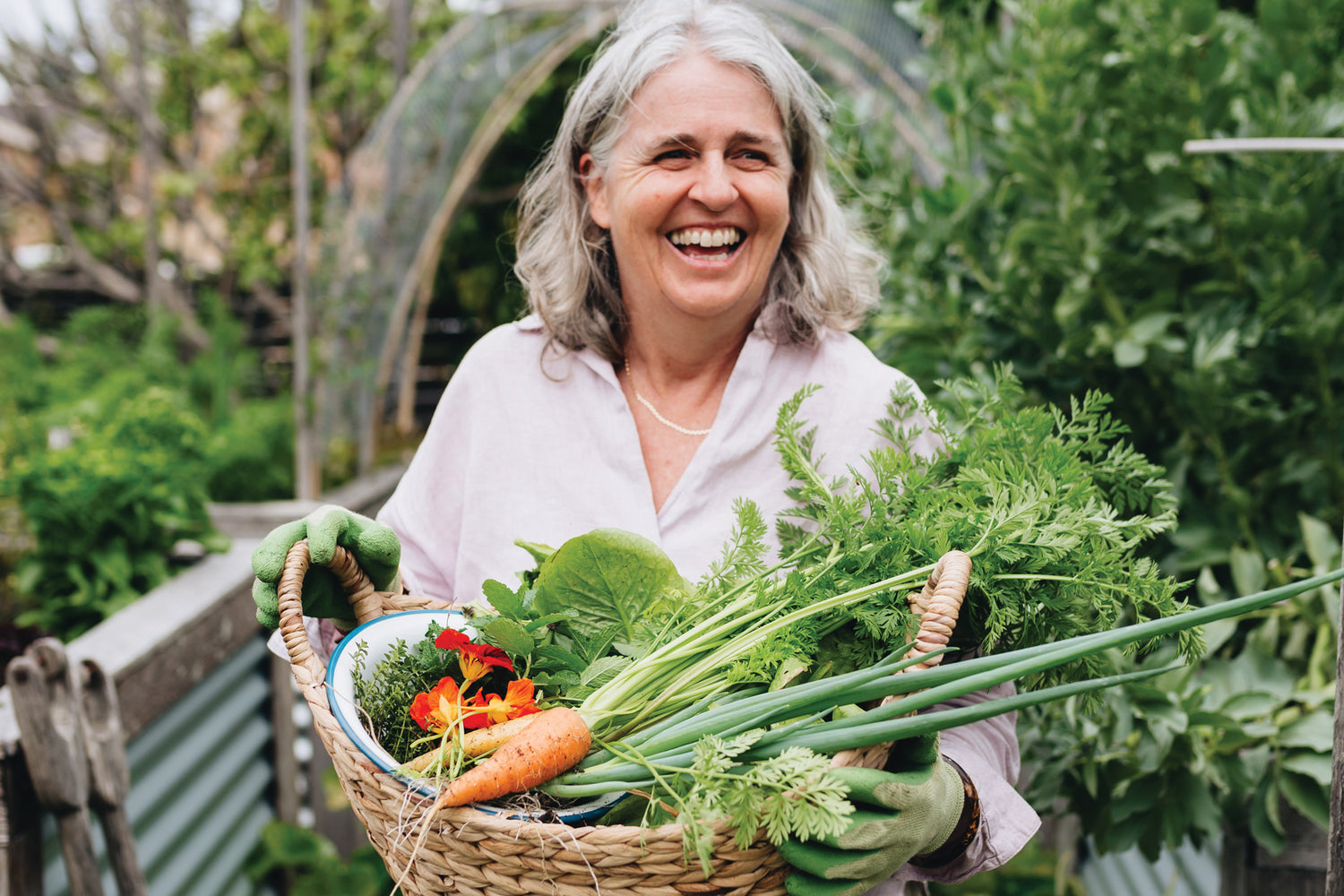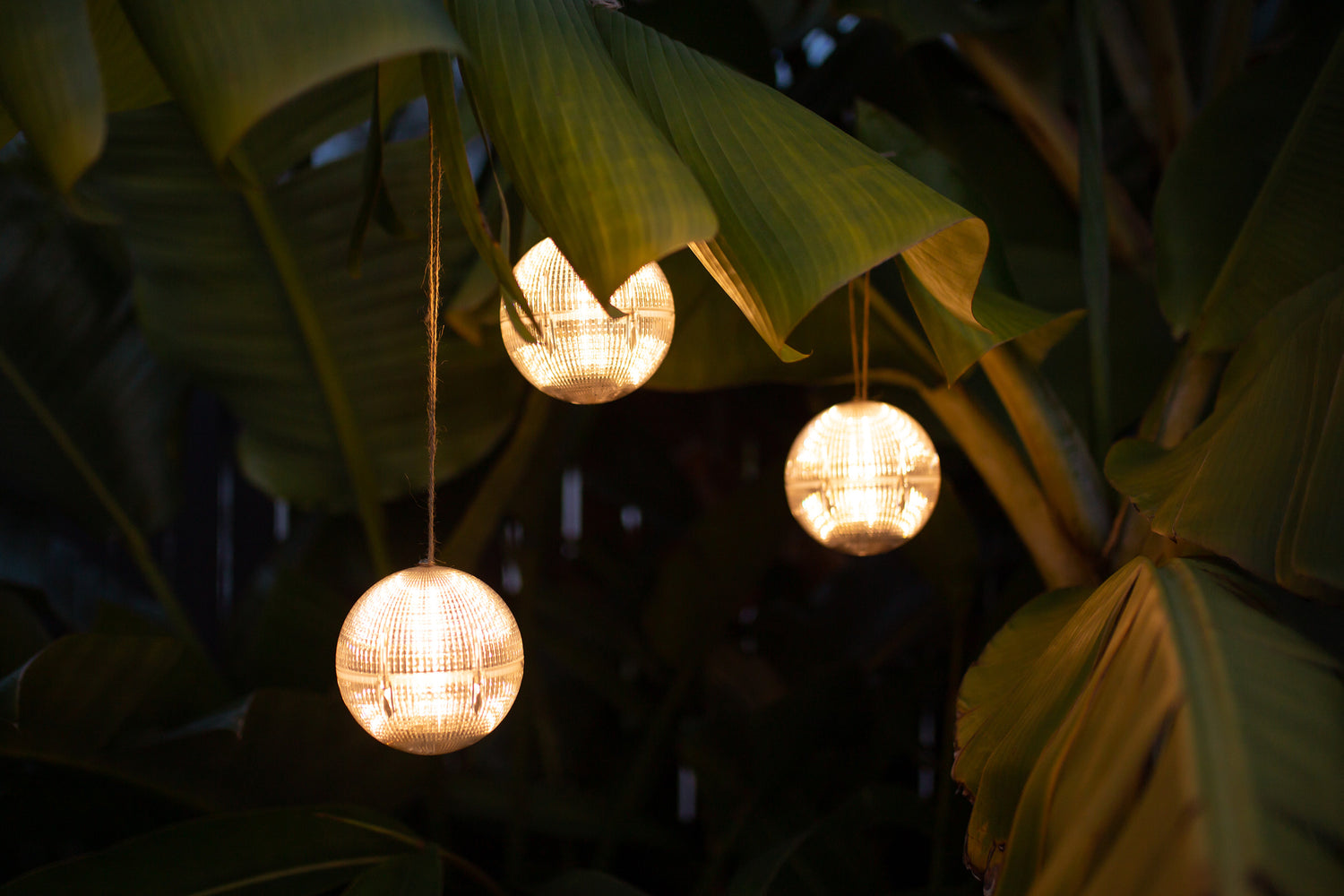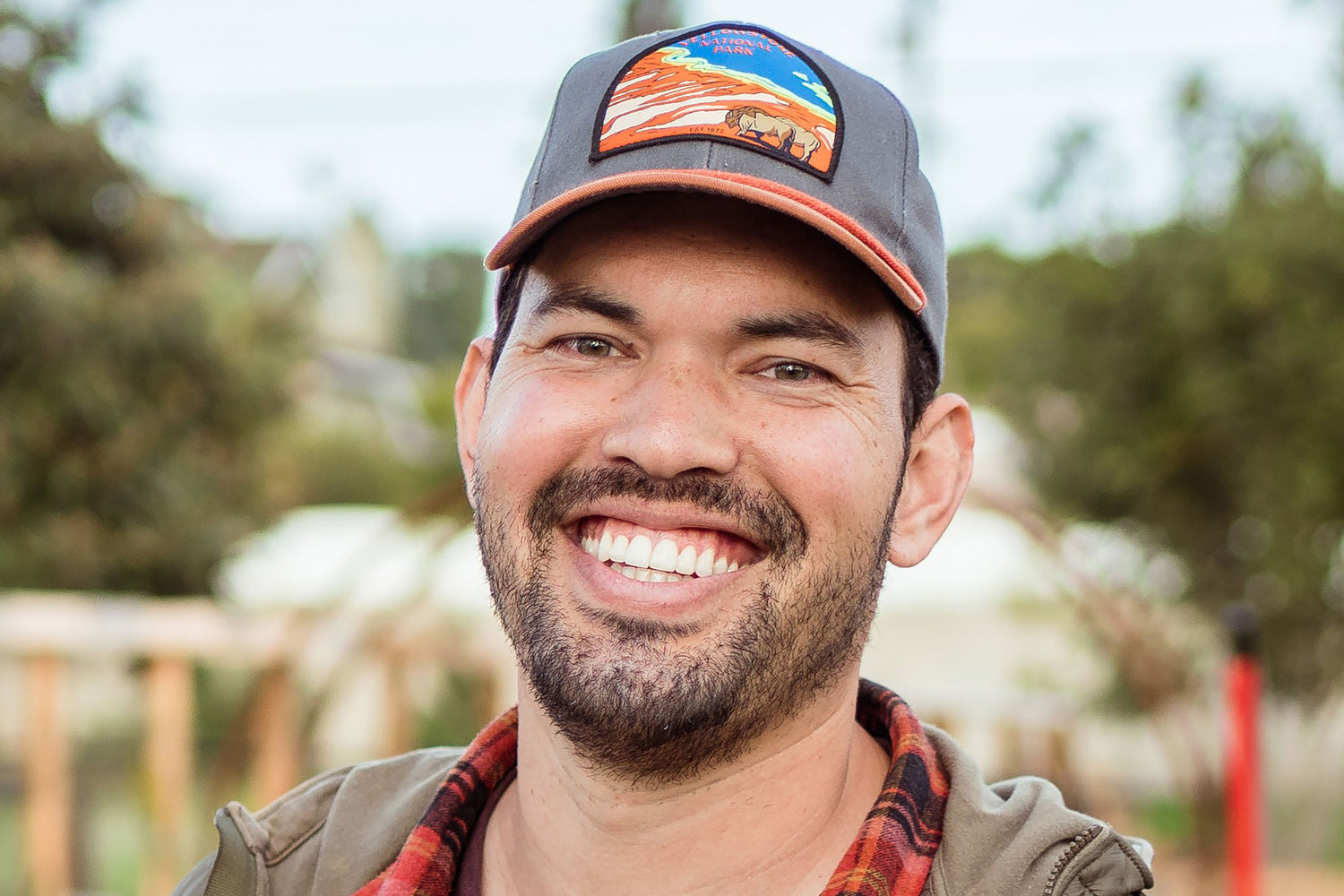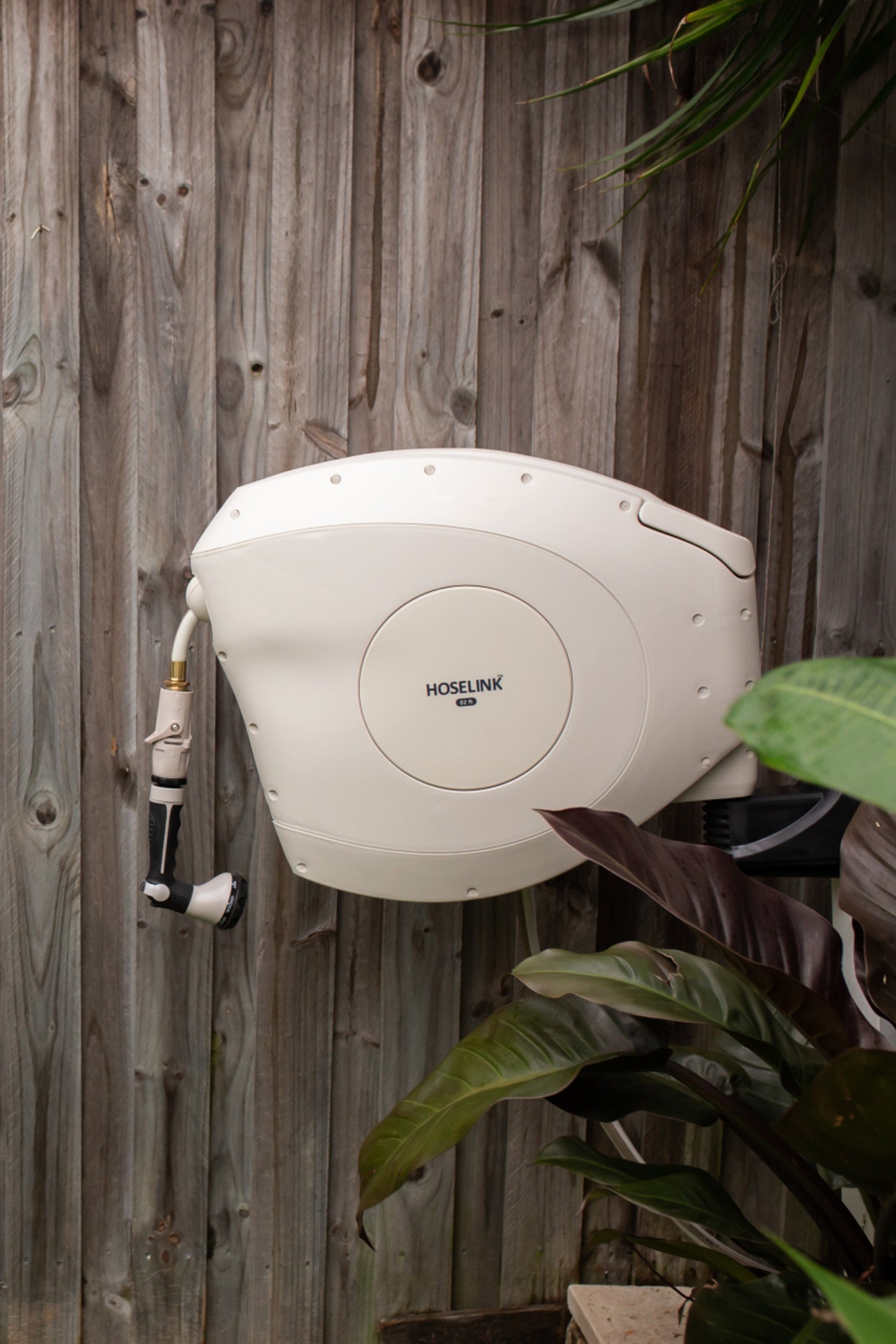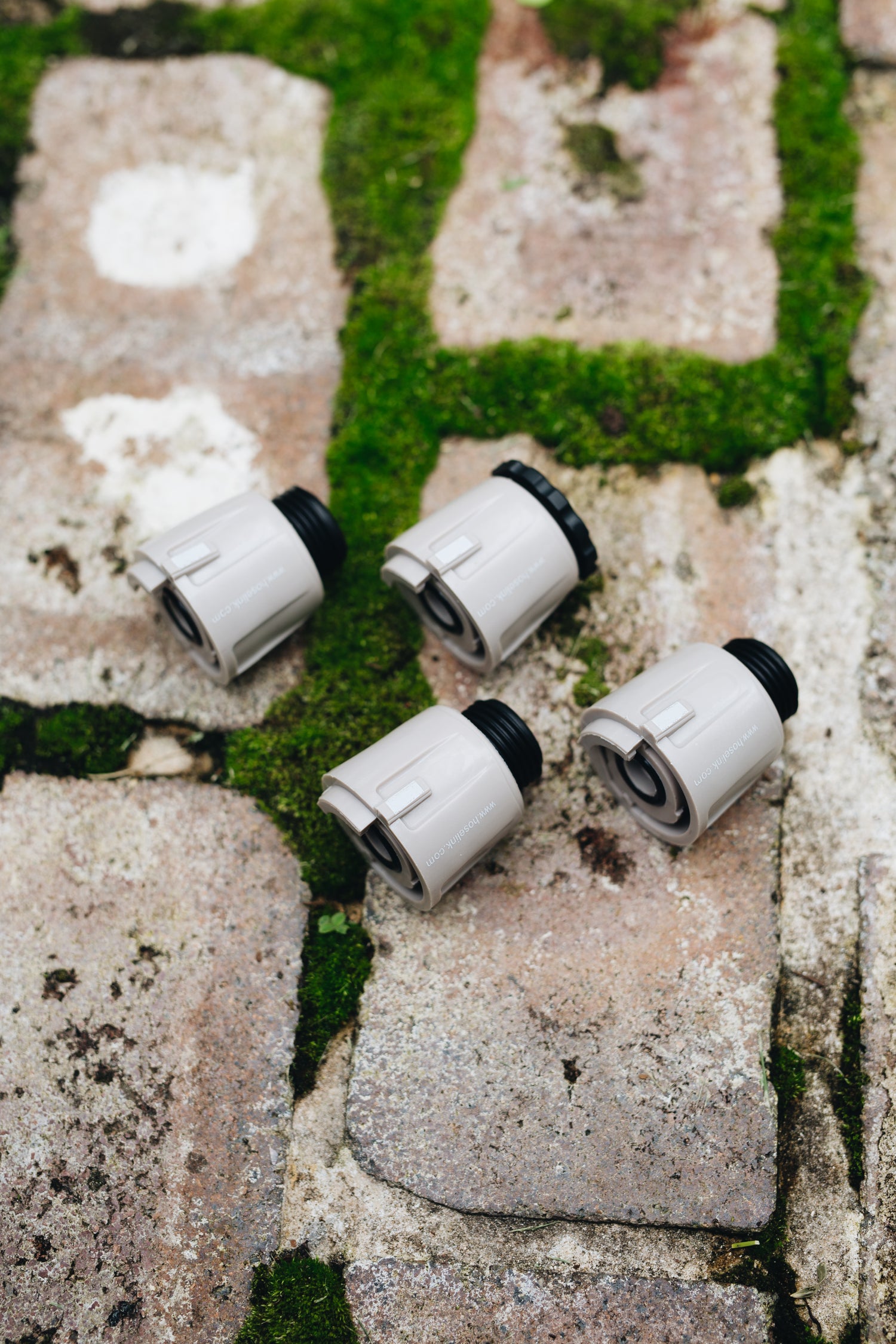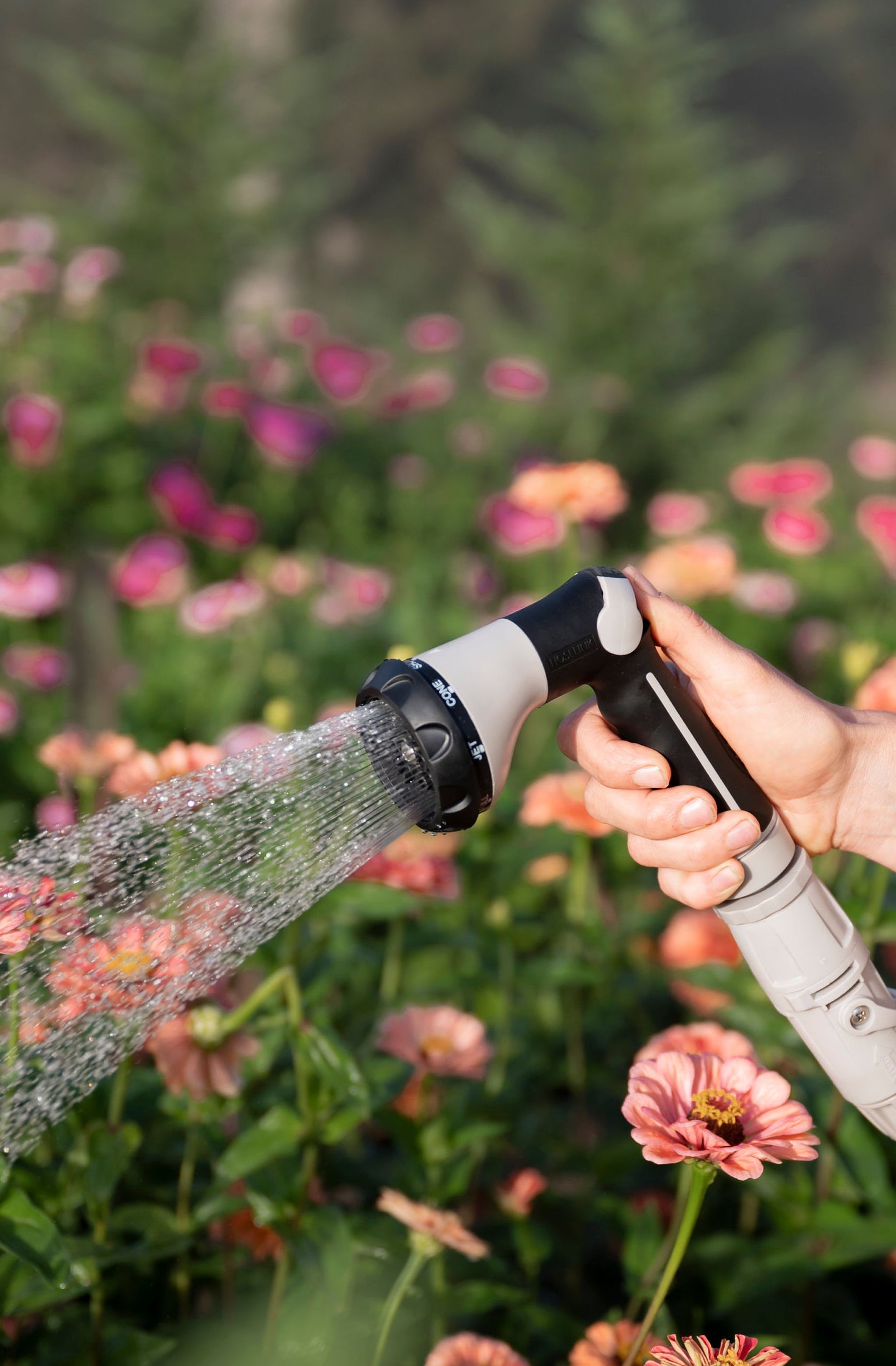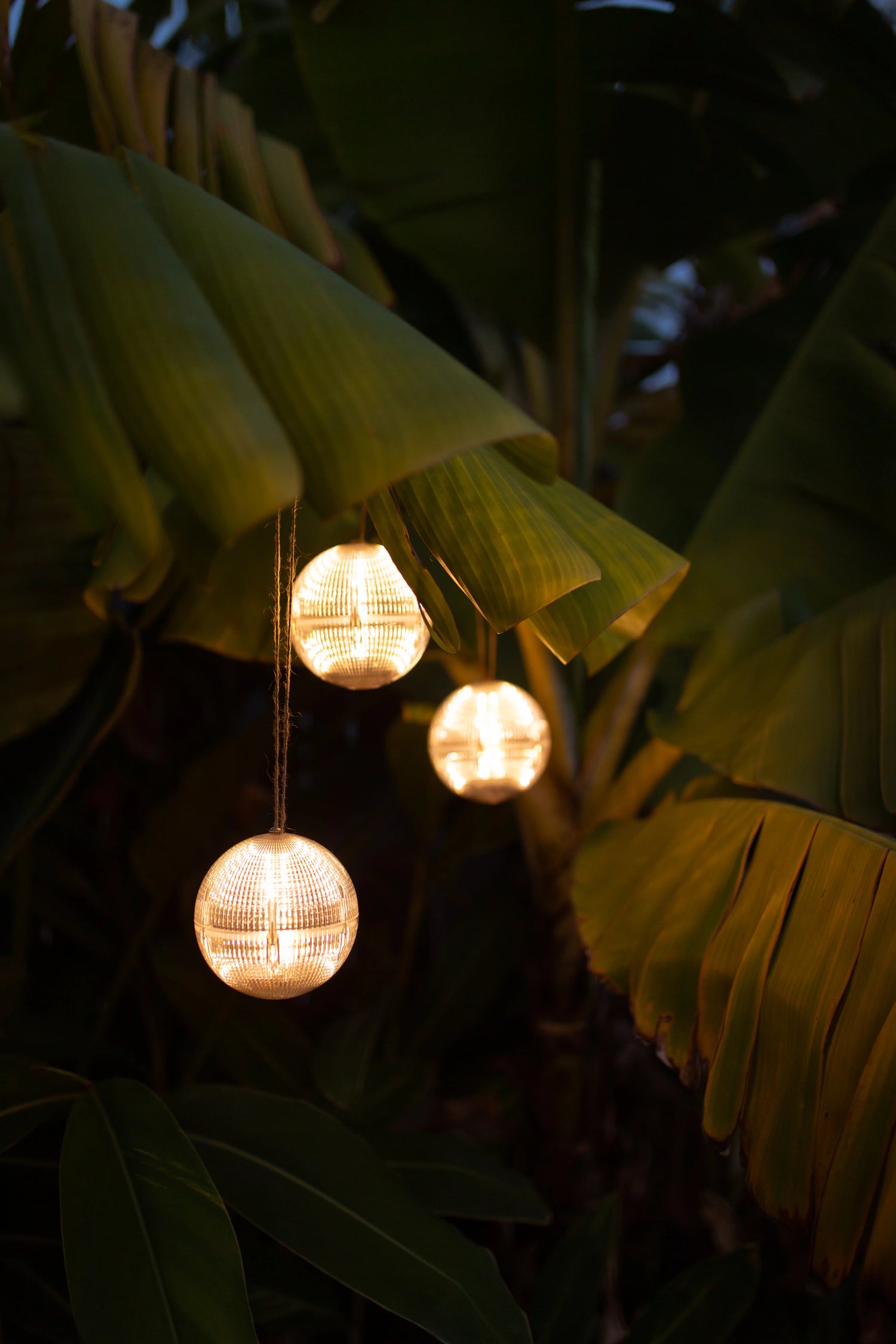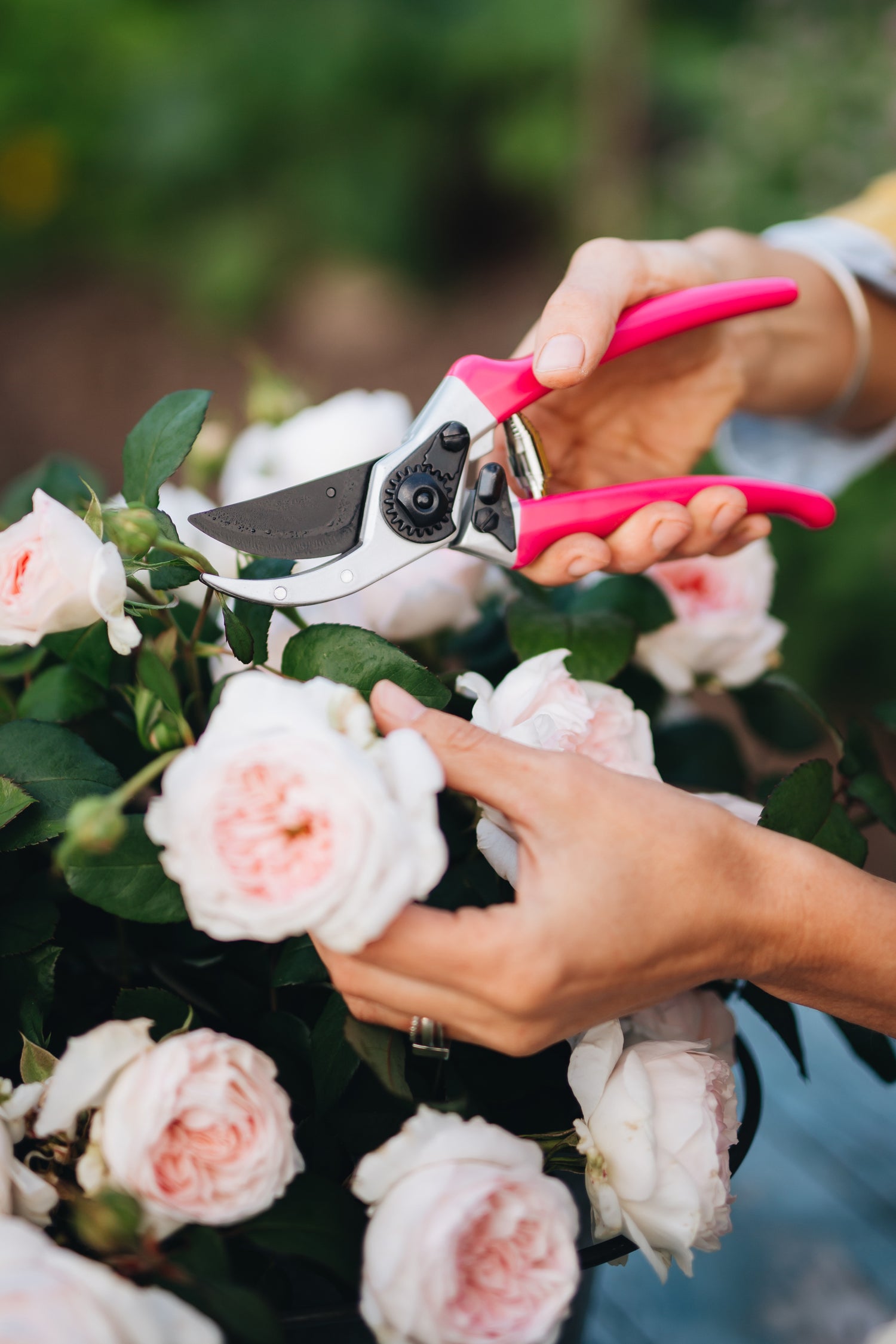Welcome to January—that magical month when gym memberships skyrocket, planners fly off the shelves, and everyone vows this will be the year they finally stick to their resolutions. Fun fact: most people abandon their New Year’s goals by the second Saturday of January. But not you, dear gardener! If your resolution was to spend more time nurturing your green thumb, you’re in luck. January is the perfect time to set the stage for a productive gardening year. Things may be quiet now, but that’s the beauty of this month—it’s all about planning, pruning, and preparing for the seasons ahead.
Setting Your Gardening Goals for the Year
This is the time to grab a notebook and dream big. Ask yourself: What do you want to achieve as a gardener this year? Is it time to try growing something new? Maybe you want to get serious about composting or finally build that trellis you’ve been pinning on Pinterest for years. Whatever your goals, January is the month to plan them out. Here in Zone 9, where average temperatures hover around a brisk 50°F, we also keep an eye out for potential freezes. If frost is coming, it’s likely to happen this month.

A January Priority
One of my primary tasks in January is to give my fruit-producing perennials some TLC. This involves pruning, trellising, training, and implementing preventive measures against pests and diseases. This year, I focused on my espalier apple tree fence and gave it its first significant haircut. Pruning isn’t just for looks; it’s essential for the health and productivity of fruit trees.
Pruning improves airflow, which aids in disease reduction and allows sunlight to reach every part of the tree. It also encourages the tree to concentrate its energy on fruit production instead of excessive branches. Here are some important pruning tips:
- Timing is Key: For most fruit trees, late winter (such as January) is the best time for pruning, as it enables you to shape the tree before the spring growth starts
- Remove the Three Ds: Start by cutting away dead, diseased, or damaged wood. If left untreated, these branches will not benefit the tree and can spread issues.
- Consider the Shape: Different trees thrive with various pruning shapes. Pome trees, like apples and pears, benefit from a central leader system that promotes a single dominant trunk and well-spaced horizontal branches. Stone fruits, such as peaches and plums, respond best to an open vase or open-center system, which creates a bowl-like structure allowing maximum sunlight.
- Avoid Over-Pruning: While it’s tempting to make significant cuts, removing too much at once can stress the tree. Try to limit your removal to no more than 25% of the tree’s total growth in a single season.
-
Sterilize Your Tools: Always sterilize your pruning tools before use to prevent the spread of diseases between trees. A quick dip in rubbing alcohol does the trick.
By the end of the month, all 16 of my fruit trees and bushes will have received their annual trim.
Pro tip: After pruning, spray your trees with dormant oil or neem oil to help prevent pests and fungal issues.

What Am I Planting This Month?
Let’s be honest: January isn’t the most action-packed month for planting, especially outdoors. However, that doesn’t mean the garden is completely idle. I’m watering my straw-covered beds with nutrient-rich compost and comfrey teas to enhance soil microbes. Last spring and summer, I skipped mulching, and my soil health suffered. Lesson learned!
While there’s not much going into the ground, a few exceptions include:
- Lemon Verbena: If you enjoy citrus-flavored herbs, this one is a must-grow. It flourishes in sunny areas with well-draining soil and behaves as a perennial in frost-free climates like mine. The dried leaves create the most fragrant and flavorful tea—highly recommended!
- Dino Kale: Also known as Lacinato kale, this superfood deserves a permanent place in my garden. When planted in January, it establishes deep roots, making it a year-round producer. Plus, there’s something magical about harvesting greens in the heart of summer.
- English Peas: To be honest, peas and I have a complicated history. They sprout beautifully but never seem to flourish. After two unsuccessful attempts, I’m giving sugar snap peas another try. Third time’s the charm, right?
- Bok choy: While February is typically the best month to start Asian greens outdoors, I’m experimenting by planting some alongside my peas. Why not? I’ve also started seeds indoors to get a head start on next month.
Starting Seeds Indoors
With chilly temperatures keeping outdoor gardening to a minimum, January is prime time for indoor seed starting. Here’s what I’m working on:
- Broccoli: I’ll admit, broccoli isn’t my favorite vegetable to grow. It requires a lot of space, but it’s worth it for the fresh, homegrown heads. I’m staggering my plantings this year to maximize my garden’s space.
- Eggplant: Last month, I intended to start eggplant seeds, but I noticed they tend to grow too slowly if planted before it’s warm enough. This month appears to be the ideal time to begin.
What’s on the Harvest List?
December’s end and January’s beginning brought some exciting harvests:
- Broccoli: The heads I planted last October and November are finally ready. A few small heads are still growing, promising even more delicious meals.
-
Celery: Growing celery in the garden is a game-changer. Unlike store-bought bunches, you can harvest stalks as needed while allowing the plant to keep producing.

Experiments in the Garden
This past fall, I planted calendula starts throughout the garden. My goal? To let them bloom, die, and self-seed, eventually covering entire areas with these vibrant flowers. While calendulas often behave as annuals, in Zone 9, they can act as perennials if conditions are right. To help them survive our intense summers, I’m training the neighboring fig tree branches to provide some much-needed shade. Fingers crossed this experiment leads to a year-round supply of flowers for teas and calendula-infused oils.
Final Thoughts
Thanks for stopping by to see what’s happening in my January garden. Wherever you are, remember that gardening is just as much about enjoying the process as it is about the results. Use this quiet month to plan, dream, and prepare. And don’t forget—if you haven’t already started your spring tomatoes and peppers, now’s the time to get going!
Happy gardening, friends!

